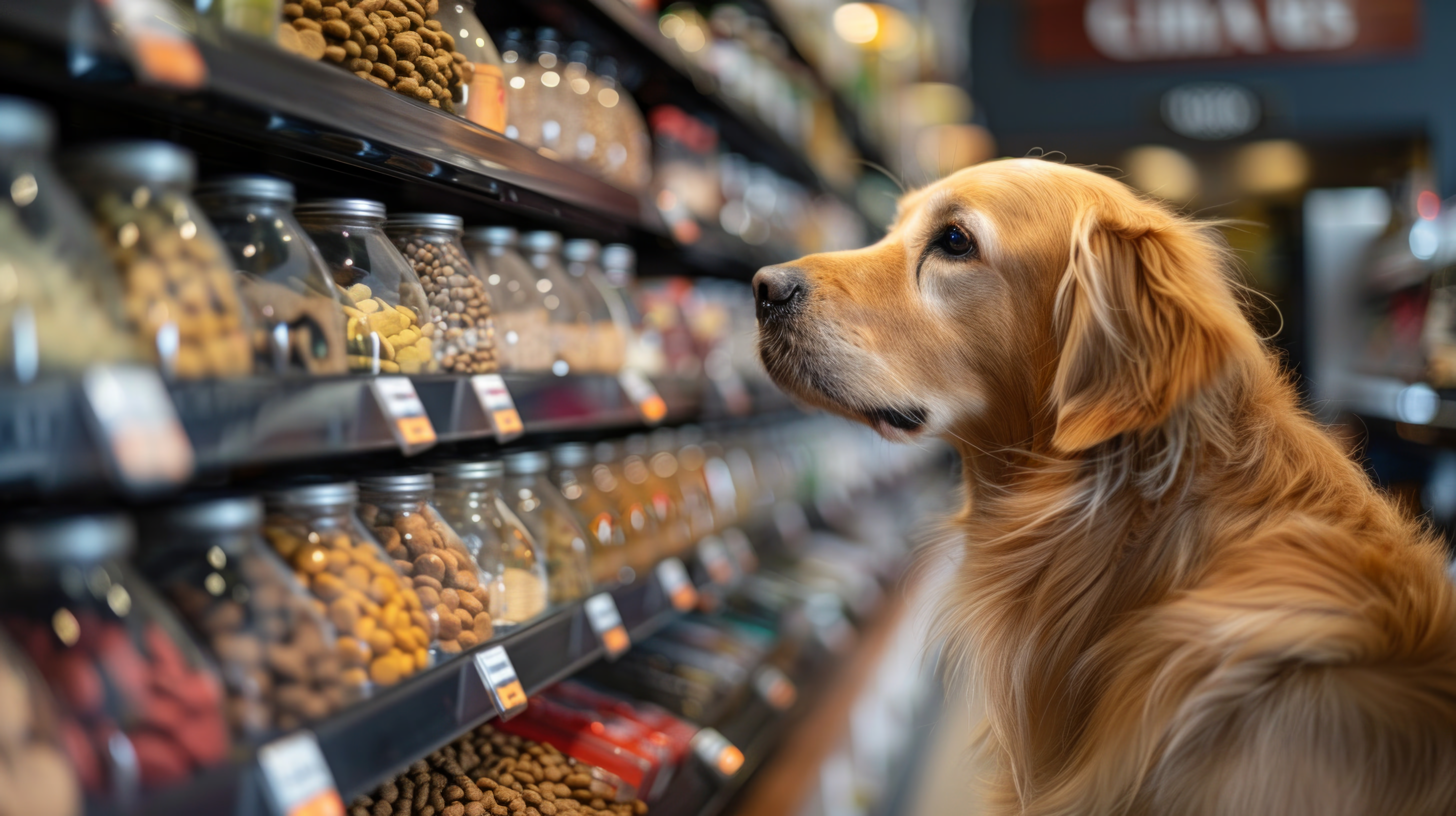The unprecedented levels of pollution, the constant thawing of glaciers and the poles and the extinction of species, are beginning to alarm countries around the world that are already taking measures and launching policies to reduce environmental impact. This is how sustainability emerges as a key concept to solve environmental problems. From being an emerging trend, it became a fundamental pillar to transform human practices in a radical way.
The world of pets is not an exception. For some years now, the food industry has shown a growing concern to implement greener means of production, as well as to produce products with a positive impact on the planet.
These changes, which have been brewing for some time, go hand in hand with the constant need to improve the quality of life of pets, being a fundamental part of it, not only the food, but also the place where they live.
Today, 3 out of 4 consumers in the world expect companies to invest in the sustainability of their products. This is clearly visible in the new generations, who are increasingly committed to environmental problems.
In fact, on March 15, 9,000 people representing different organizations and governments from all Latin American countries met virtually at the "Forum of Sustainable Development Countries" to endorse the 2030 Agenda for a sustainable future in the region.
Sustainability consumer archetypes
There are different types of sustainability consumers who are located at different ends of the curve of sustainability adoption, going from the extrinsic (external environment) to the intrinsic (individual environment).
The archetypes, based on studies developed by Kerry, are:
Inactive
Sustainability is important, but it is not a key factor in the purchase decision. They think that the responsibility for taking sustainable action rests with governments and industry.
His vision of the subject, therefore, is extrinsic, related to the conservation of resources, recycling and welfare of animals and the community. Prices and lack of intention are the main barriers to acting sustainably. This type represents 51% of consumers who are not motivated by sustainability.
Passives
They tend to be older: Gen Xers and boomers who prioritize sustainability but are disappointed by the lack of sustainability-related resources, products and planning.
Their association is extrinsic to sustainability: environmental protection, animal welfare, animal waste. Price continues to be a key barrier to this archetype.
Followers
They are the nation's young people, typically young Millennials and Generation Z, who make sustainability a priority, but lack the time and resources to carry out their work.
They are in a state of transition, moving from adopting an external vision to an internal vision of the impact of sustainability. They are more likely to switch brands if they don't align with their vision.
Pioneers
They are the bearers of the torch of sustainability and multifaceted, they have a more mature vision of the subject.
The pioneers have internalized the environmental, social and individual impact of sustainability. They are more willing to sacrifice convenience, price, and brand loyalty to support sustainability.
It is an archetype with aspirations, influencing family, friends, colleagues and the community at large and representing the largest group of consumers concerned about sustainability, driving the industry to make changes that meet their expectations.
The influence of sustainability in pet food
The changes that occur in consumers have a direct impact on the ways of producing in all industries. In the food industry in particular, globally, there was an average annual growth of 57% in food and beverage launches with an 'environmental ethics' statement.
Sustainability is what drives consumer purchasing choices in Latin America, a region that shows the greatest concern for it. 73% of Latin American consumers say they care a lot about sustainability issues, compared to a global response of 57%.
In fact, this growing importance for sustainability has been growing in the purchase of consumers both in supermarkets and in restaurants: 75% of Latin American consumers say they are strongly influenced by sustainability when they buy food or beverages at the supermarket. 72% of Latin American consumers say they are strongly influenced by sustainability when ordering food or drinks in a restaurant.
The main drivers of sustainability associated with health and nutrition
The transition towards more sustainable practices, especially in health and nutrition, are motivated by different factors related to contributing to well-being and a higher quality of life.
The percentages are:
- Eat more fruits and vegetables: 36%
- Eat healthy (no more, no less): 35%
- Exercise, stay active: 31%
- Limit, reduce sugar consumption: 28%
- Mental well-being: 26%
- Healthy aging: 24%
- Without additives, preservatives: 23%
- Weight control: 22%
- Consume fresh food and beverages: 22%
- Nothing artificial: 19%
- Limit / reduce fat: 19%
- Reduce meat consumption: 18%
- Unprocessed food and beverages: 17%
- Limit / reduce sodium: 17%
Taking into account that there is a process of mimicry between trends in people and the world of pets, it is no coincidence that these motivations are also transferred to the feeding of pets.
Pet owners are increasingly concerned with providing them with food that not only provides the necessary energy and nutrients, but also improves their quality of life in various ways, such as those mentioned above.
In conclusion, sustainability, today, emerges as the fundamental pillar in the production of food for both people and pets. Consumers are more committed to environmental causes, which is why they are increasingly inclined towards products that have a minimal impact on the planet.
It is about improving the diet with quality products, free of preservatives, additives, flavorings, etc., as well as protecting the place where we live and ensuring its continuity for future generations.
Source: WMG
You could be interested: Greenwashing in pet food: what it is and how to avoid it





































